The Land of High Passes

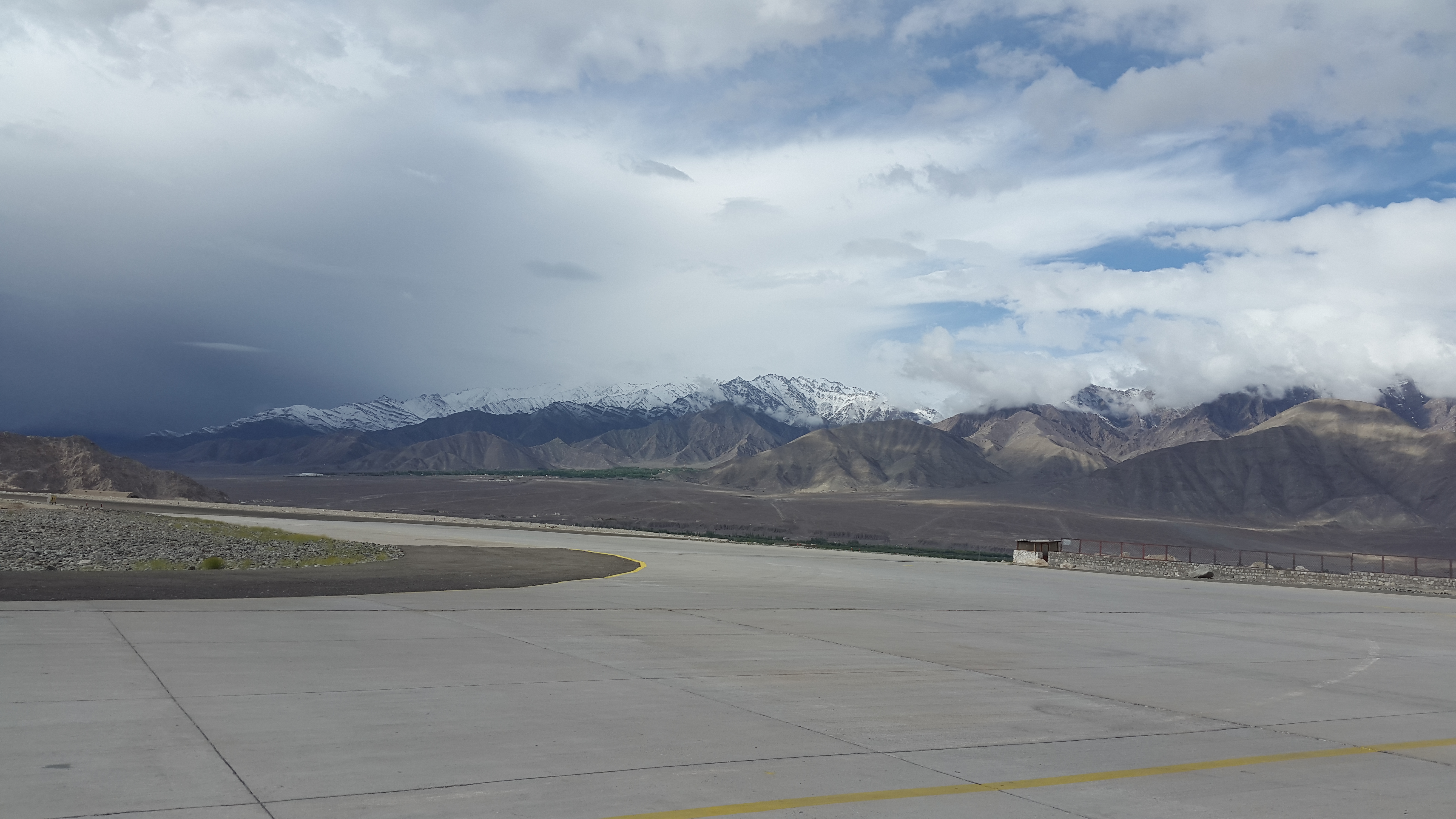
Landscape:
From the moment we landed, on what has got to be one of the most beautiful airports anywhere, it was very apparent to me that this trip was going to make the photographer in me ecstatic. And I was right. From sweeping vistas hedged by majestic snow-capped mountains, to shimmering turquoise lakes, to ancient monasteries ringing with hymns, Ladakh ensures that the one thing you don’t return with is space on your memory card.
I could tell you that the sky was blue, but not that it was so bright it hurt my heart to look away from it. I could tell you that the mountains had earth tones, but not how the shades of gold, russet, red, copper and purple changed with the time of the day , as the clouds drifted over them, casting moving shadows, changing their look, like fleeting emotions over an expressive face. Impossible to capture. I have never seen a landscape more beautiful or more difficult to describe.
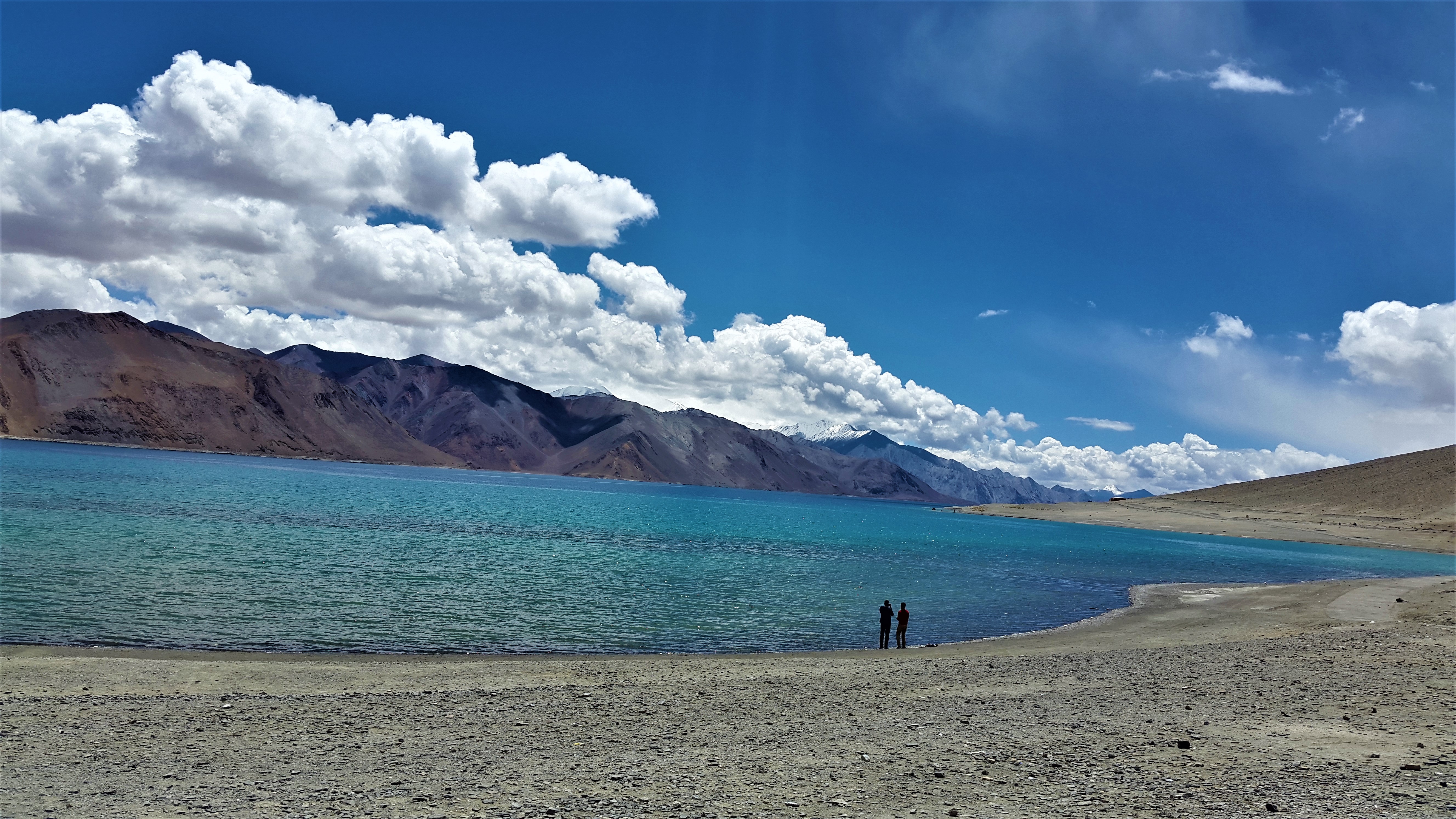

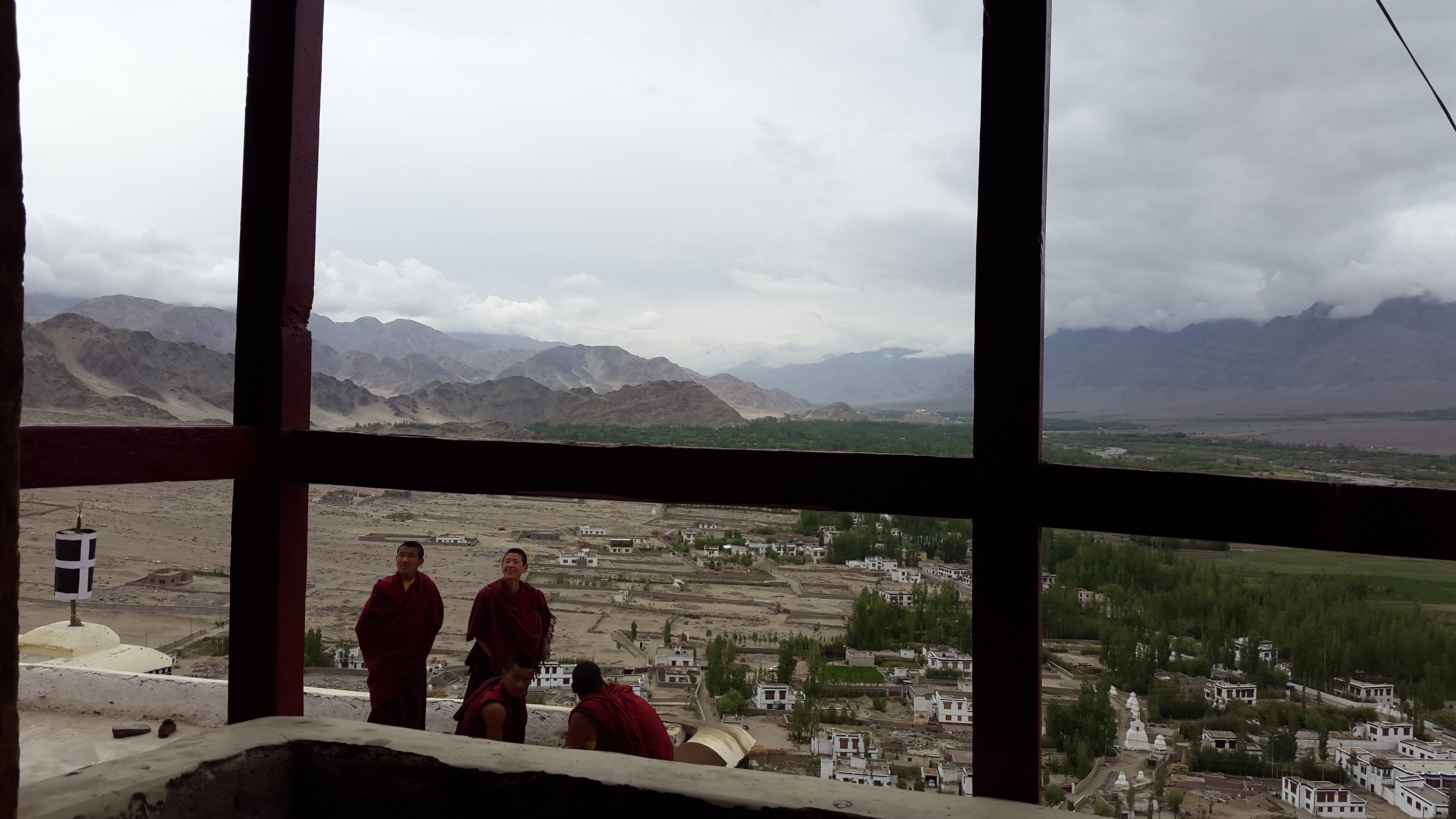
The people :
Our loquacious driver, a buddhist, was a mine of information regarding the land, its people, and especially, buddhist philosophy. Our mobiles and cameras, in particular, took the brunt of his disdain as the most obvious symbols of our attachment, something that is the antithesis of the primary buddhist principle of detachment.
Buddhists and Muslims, the two major populations here, live in peace he told us. For many here, religion is a very fluid thing and not taken as seriously as it is in the rest of the country. Your religion is part of who you are, but it’s not all you are. It seemed that they took more pride in being Ladakhis than in being a Buddhist or a Muslim.
At the same time the question of inter-marriage was shot down as being impossible. It‘s like two sides abiding by a mutual pact that each considers binding, thus allowing peace to reign over the land. Hard to fault it when you see how well it works here.
Our driver, a jovial 26-year-old and a Muslim, mused that he was seriously contemplating converting to Christianity since in his words, “Islam has too many restrictions.” The ones regarding drinking seemed to particularly irritate him since it got in the way of “having a good time.”
Our guide informed us that crime is almost nil, with no rapes and only 20 people in prison over the past year. “And most of those,” he muttered, are “foreigners”.(Nepalese to be precise) Having studied in Bangalore for a few years, he was emphatic that he couldn’t imagine living anywhere else. And having stayed here for only a few days, I can perfectly understand why.
Military presence :
Wherever you go in this region, the one constant presence you will find is that of the Indian Army. Being bordered by both China and Pakistan , it is inevitable and necessary.
Maybe it comes of being an Army brat, but I felt totally at home. The hills are alive here, with giant signs proudly naming whichever regiment happens to be stationed at that point. The Army is held in high regard here, with many of the locals having at least one family member enlisted. And a lot of them are hired as temporary drivers and guides to carry supplies into the remoter regions during the harsh winter months, our driver being one of them. His elder brother joined the army years ago and is stationed here as well he informed us.
Tough men doing a tougher job in an unforgiving land, one that does not allow you many mistakes.

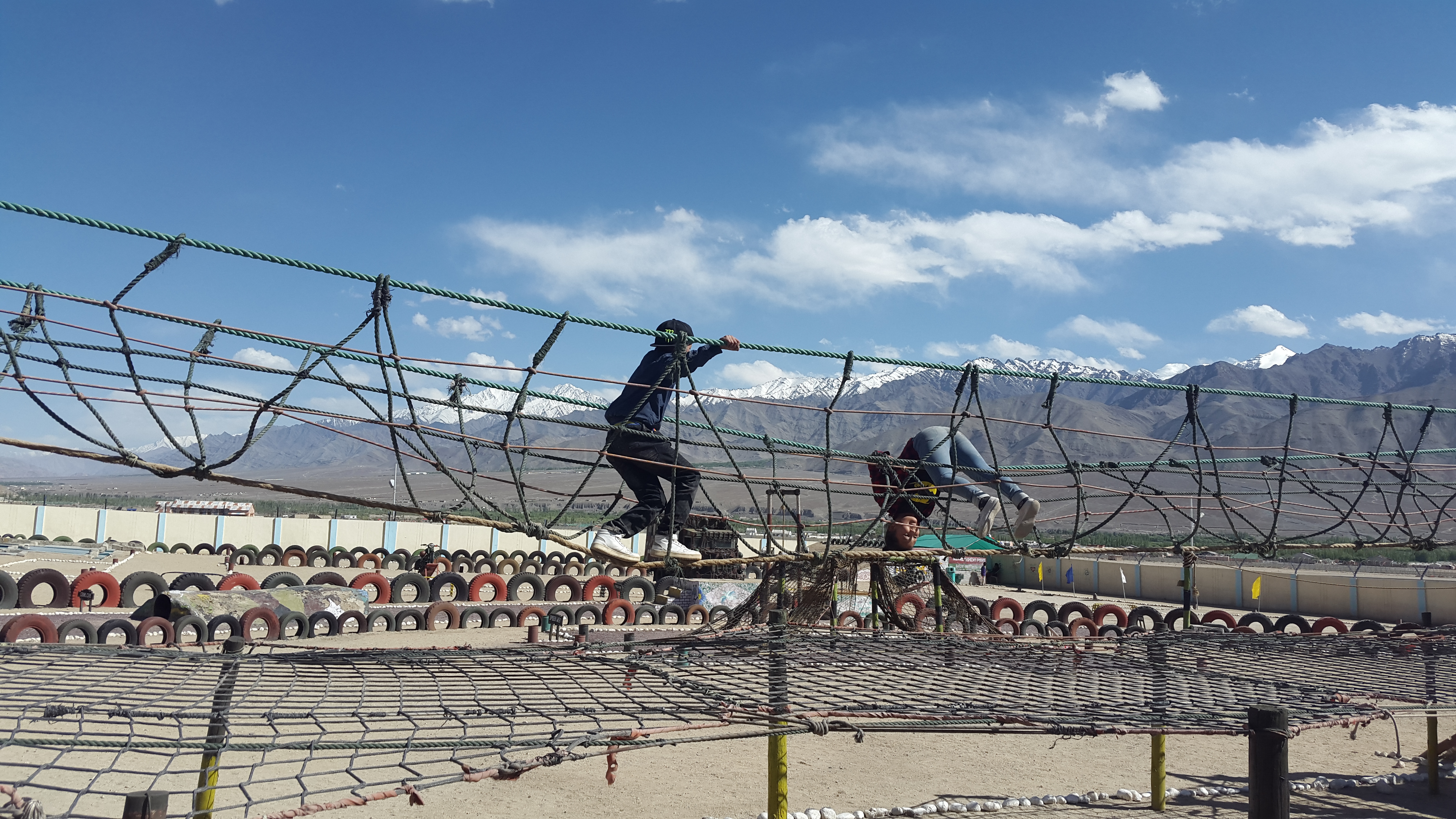

Traffic jam at 18000 feet:
On our way back from Nubra valley, about 1 km short of Khardungla Pass (aka K-Top), our car came to a grinding halt.
A truck, part of an Army convoy moving vital supplies, had become stuck some distance ahead on the narrow road, bringing all traffic behind it to an abrupt halt. I did not mind at all. Throughout the scenic drive I’d been dying to get down and take in my surroundings without a clock ticking over my head, and God it seems, had chosen to indulge me. With deep banks of snow ending in glittering icicles on the right and a sheer drop surrounded by mountain tops covered in pristine, fresh snow to the left as far as the eye could see, for the first time ever a traffic jam brought a smile to my face. We were stuck there for close to 4 hours, and were told later by our guide that we were lucky. “These things,” he said, “have been known to last for 10-12 hours at times.” What struck me was the lack of anger or frustration demonstrated by all who were stuck there. Not one raised voice, not one blaring horn. If there’s one thing the mountains teach you, it’s patience.
You go at the pace they allow you to, not the one you want to.

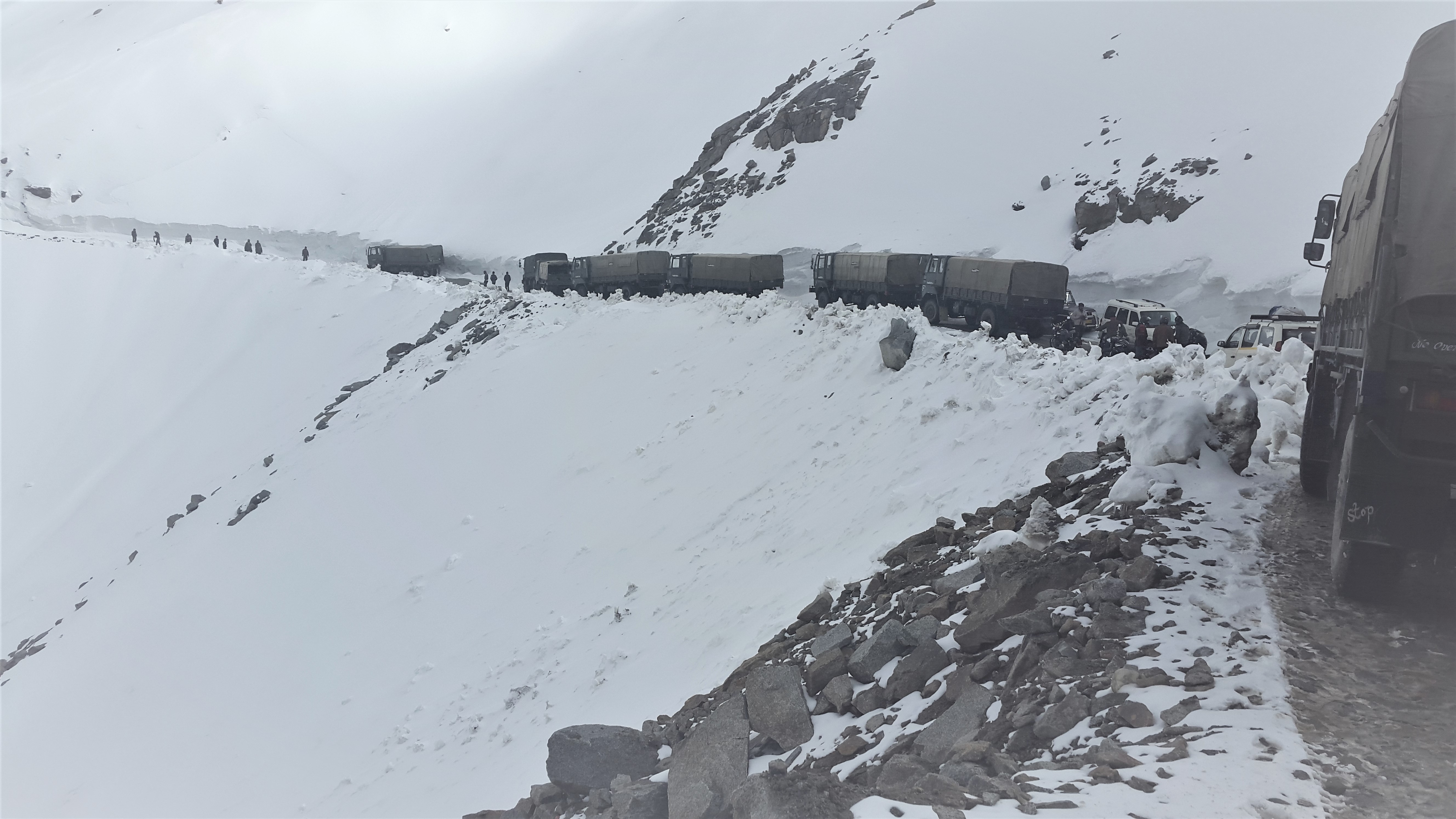
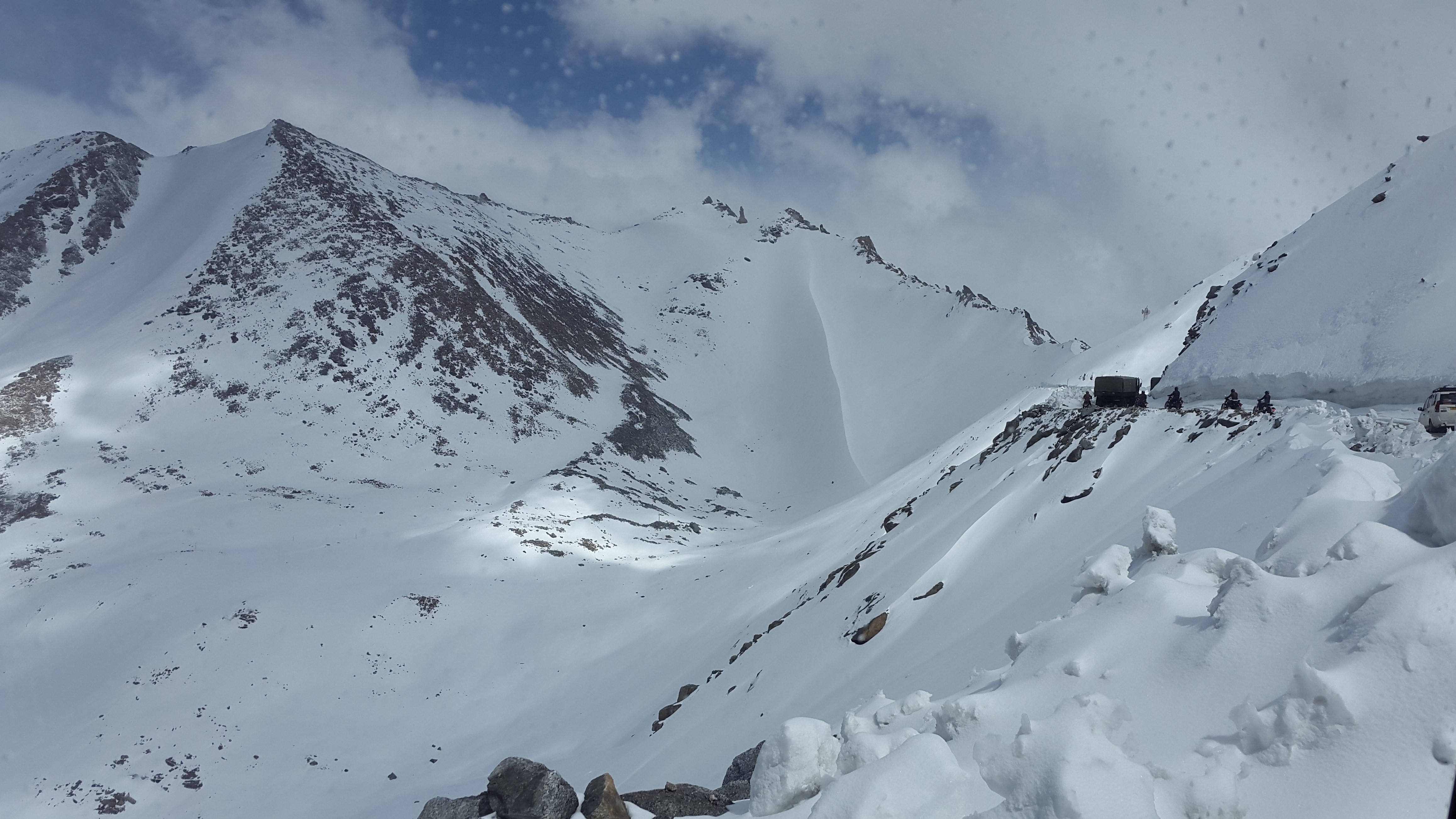
Sandstorm at Nubra :
Within half an hour of checking into our tents at desert camp at Nubra, we welcomed a most unexpected guest: Mother nature, and she brought a sandstorm with her. The tentmakers, for some mysterious (or cheap) reason, had chosen to use velcro strips on the window flaps instead of the zips that were used for the entrance. Well, they might as well have not bothered for all the respect the gusting winds showed them, blasting them away like so much candy floss. For almost 40 min my roomie and I held the flaps down with our hands, our behinds and pretty much any body part that we could manoeuvre close to the windows, while all the while waiting for the moment that the tent moorings finally lost the battle with the raging winds and parted company with us.
When it was over, the sand has found its way inside to cover everything in a fine powdery layer, including us. An unexpected and exhilarating beginning to our stay at Nubra, when the dessert came to us before we could pay it a visit.
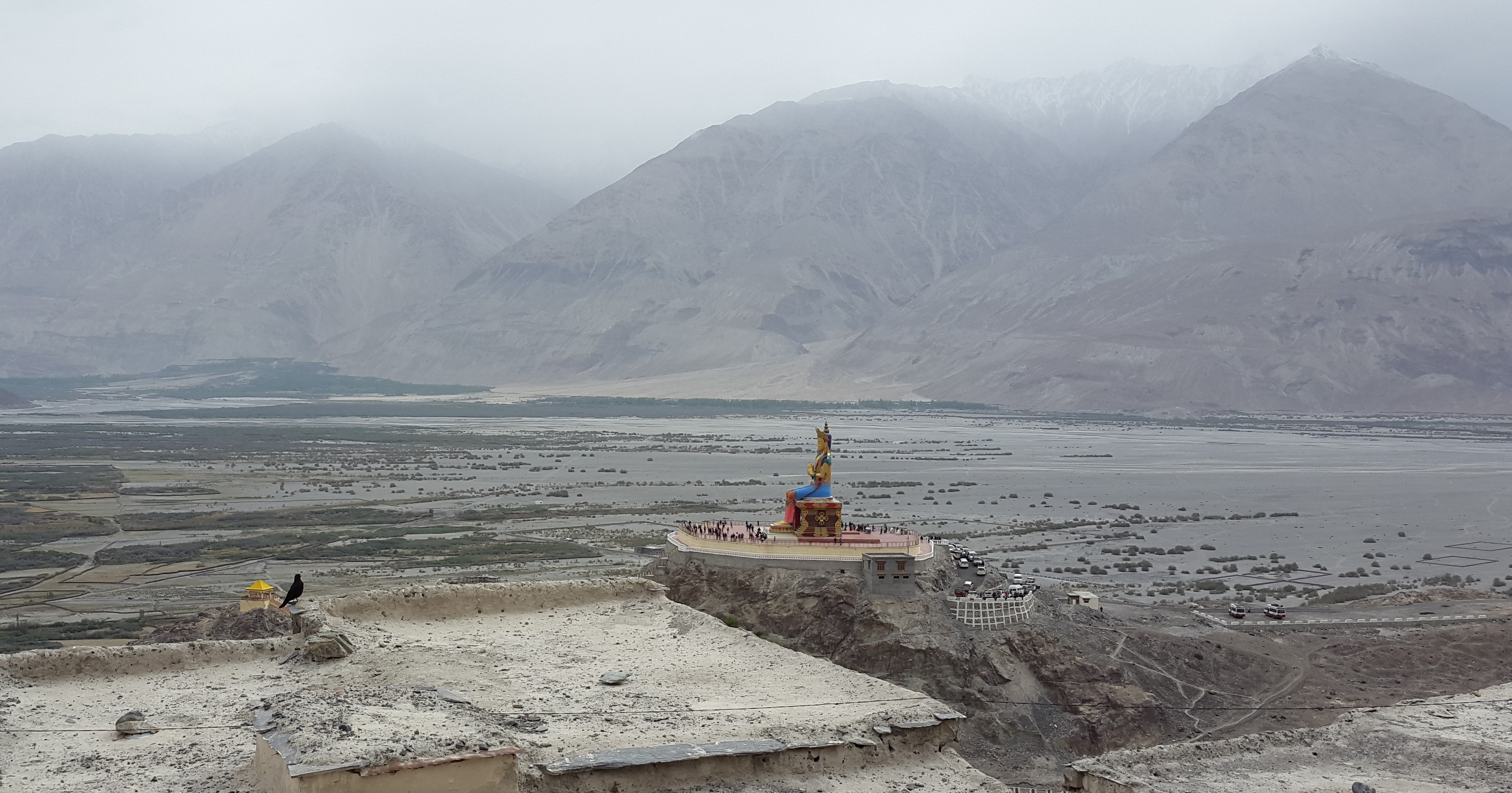


You brought back awsome memories from our trip.Nice clicks.Relived ladakh through ur content,itz so perfectly written😇.Brought back memories of wonderful and fun moments spent together.It has been the best group i have travelled with.🥰. Wish to do this trip again.Nostalgic!
Thank you so much, Nikeeta! I’m so glad you enjoyed reading this. It was so nostalgic for me too as I wrote it. One of the best trips I’ve done. Hope we can meet up for another one in the future. 🙂